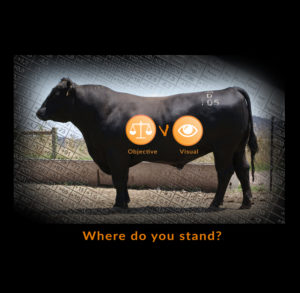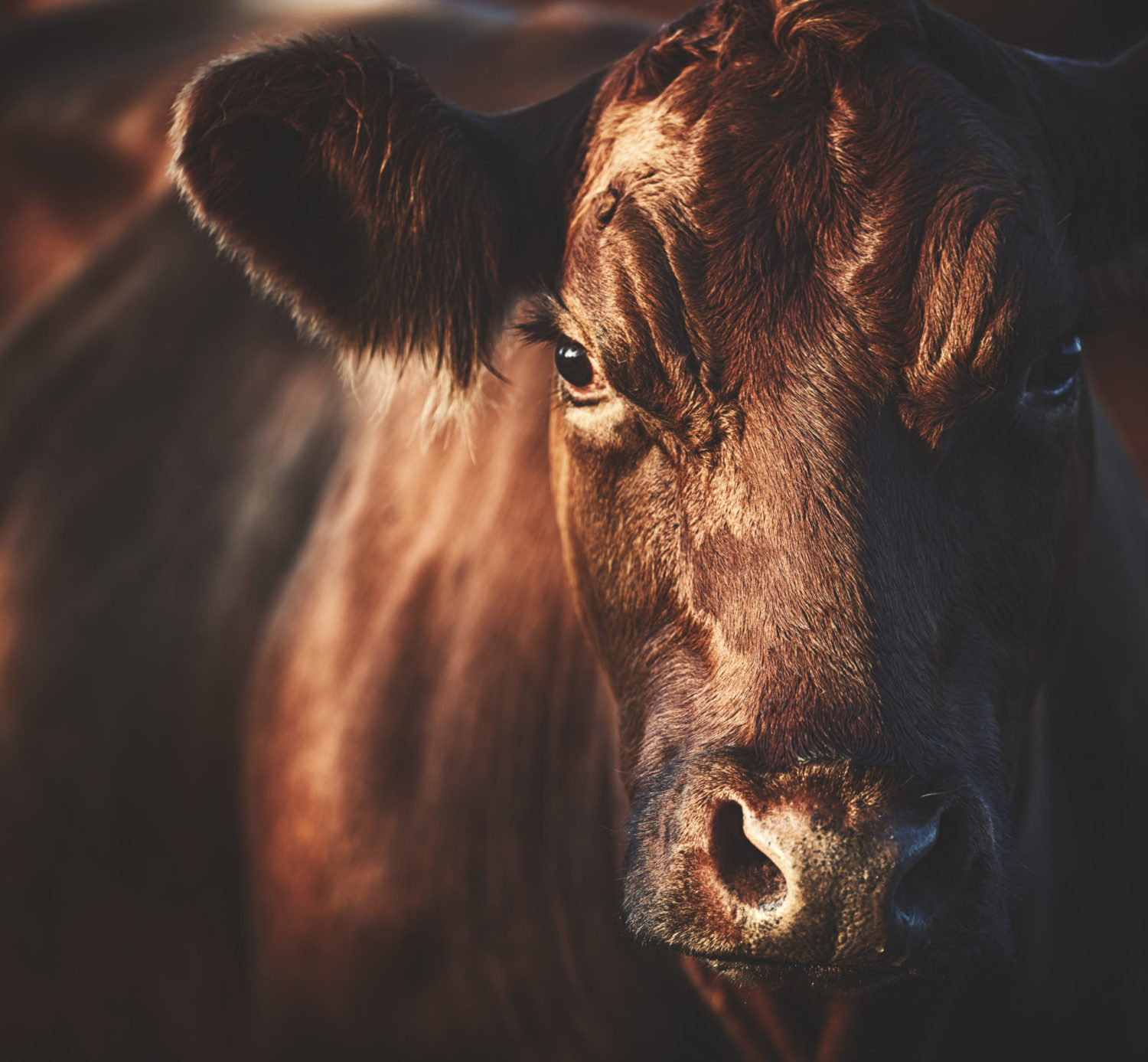Visual assessment or objective measurent?
Notebook or Note book?
When it comes to breed development, this is the mother of all unanswered questions!
You could draw a line down the middle of both camps and my guess is that you would find pretty equally divided schools of thoughts on this issue. And with good reason- both are extremely valid breed selection tools and both stir passionate debate amongst their advocates.

The staunchest supporters of objective measurements have a good number of years of EBV (Estimated Breeding Values) behind them now and can and will talk to you for as long as you will listen about the intricacies of trait comparisons and indexes and their usefulness’s in advancing the standard of their stock. They won’t get an augment from me!
I have repeatedly witnessed the visual improvement of particular bloodlines from years of select breeding based on objectively measured performance data. Their growth rates are better, their carcass qualities improve and they certainly look to have better meat coverage. Unfortunately, I’ve also seen the pursuit of these ideals come at the expense of breed quality and structural correctness. Where’s the measurement of that?
Now I am not bold enough to suggest that objective measurements are the sole reason for these advancements in any breed. There are as many examples of individual animals that have shown no improvement that looks amazing on paper. This leads the breeder to reflect on other contributing factors. Perhaps particular objective measurements reflect positively on an animal’s genetic makeup simply because there is more data associated with one bloodline over the next. Most frequently environmental factors are to blame, which is, of course, the entire usefulness of objective measurements but can test the resolve of a breeder.
‘ Perhaps I have been focusing on the wrong indexes for my purposes, or put too much emphasis on one over the other.’
Do you stick with what you are doing at the expense of phenotypically appealing stock or do I change course to achieve satisfactory gains in my breed development?
Then there is the other camp that operates out of a pocketbook. Visually assessing bloodlines over generations of breeding with nothing more than a trained eye and an “asterisk” in my notebook. Using the poorly developed sire at the back of the mob because they have seen example after example that his lineage produces the desired trait that they chase the hardest. ‘
I’ll ignore the obvious risks of not using the biggest, fattest, impressive sire, cause I know he’s always first to the feed bin and he looks better then has the right too- I’ve seen his breeding and I know it backwards. He’s the one that will top the next sale, but he wont breed my next top sire.’
Why are these two schools of thought at such opposing odds?
I guess every breeder that has exposed themselves to the vast array of breeding tools has had their moment of epiphany. All too often the animal with the most outstanding EBV’s is the rangiest, ugliest looking creature on the farm. And much like the breeder that relies on his notebook and visual assessment – the objective measurement junkie also has to draw his line in the sand.
Do I chase the perfect objective measurement and use the ugliest animal against my better urges, or do I follow my visual preferences and breed the type of stock that I like the look of. It starts as simply as a mating choice, but what this has amounted too is a defining breeding methodology. ‘I select heavily on object measurements’, or ‘I select on visual characteristics’. Never the twain shall meet!
Now to achieve visually impressive animals with amazing EBV’s is, of course, possible, but requires a deliberate and structured breeding program. A judge whom I admire very much once told me, “Breeding is like making a nice coffee blend if you want to add a little bit of bitterness you need to add a lot.” That has stuck with me and all too often I have found that using the longest sire on the farm has a small effect on his progeny. Once that is understood, a breed plan that spans for many years can be formed to tailor the right visual type animal with EBV’s that will impress the biggest advocate of any measure. Such a program requires the use of apposing measures to ensure and ultimate balance and requires compromise from the breeders with a firm eye on the end result.
So in my mind- for me it’s never been the support of one tool over the other that’s been the debate. But why not harness the usefulness of both?
This conclusion was the basis for the decision to include visual assessment data and objective measurement data on the ClassiMate web application. At the risk of providing too much information for purchases to make decisions, those who embrace both camps have the world at their feet.

Where do you stand?

